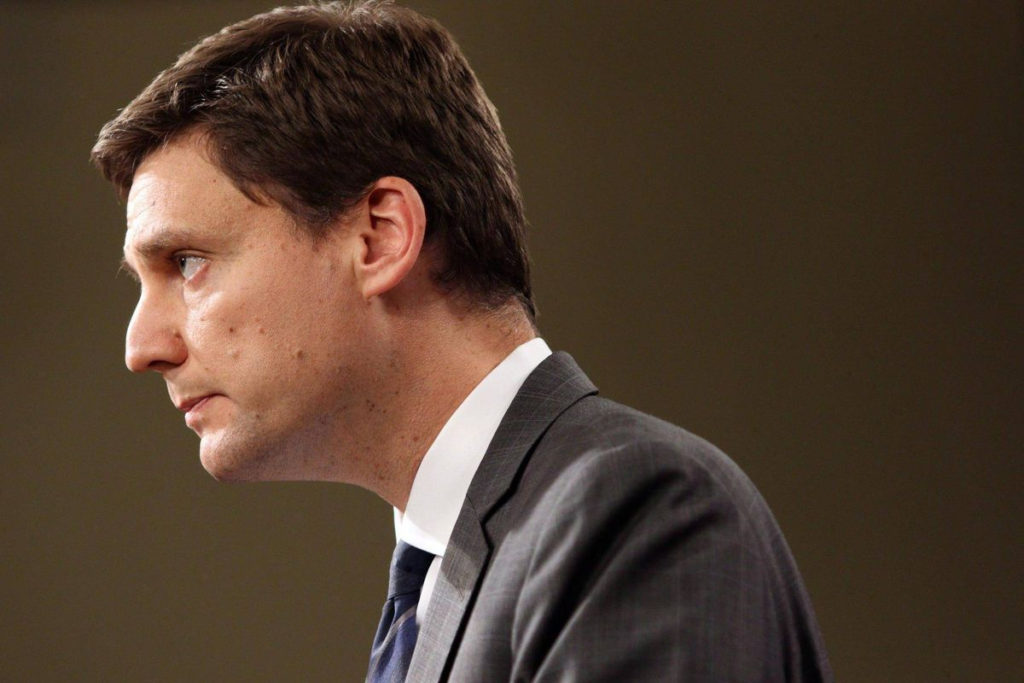The following op-ed by ICBA Chief Economist Jock Finlayson and Business Council of B.C. senior vice-president and chief economist Ken Peacock first appeared in Business in Vancouver on Sept. 24, 2024.
Reading one of the NDP government’s statements commenting on the August employment numbers, one might conclude B.C.’s economy is healthy, employers are hiring, households are prospering, and that British Columbians are confident about their future. We don’t share that sunny perspective.
The government’s news release on the Labour Force Survey points to “B.C.’s private sector jobs [being] up by 9,800”. True — this is exactly how much private sector employment increased between July and August, according to Statistics Canada. But broadening out the timeline reveals a starkly different picture.
In July, private sector jobs fell by 18,000. So, over a slightly longer two-month period, business payrolls in B.C. are down by 8,200. Since January, the number of private sector positions has dropped by 11,700. This eight-month downtrend erased the modest gains posted in 2023, such that private sector employment is now back to where it stood in May 2022. Even with August’s positive result, the reality is that B.C. has experienced essentially zero net growth in private sector jobs for more than two years – a fact that isn’t mentioned in the government’s communications material.
Perhaps most concerning is that the pronounced and unusual weakness in overall private sector hiring extends back to the beginning of 2019 – more than five years ago. Today in B.C. the number of employees in the private sector is only 29,300 higher than in January of 2019. This means private sector payroll counts over the last 5.5 years have risen by the equivalent of three monthly increases like the one recorded in August – an absolutely dismal performance by historical standards. While private sector job creation has effectively stalled in B.C. since early 2019, the other nine provinces have all registered respectable to strong gains in private sector employment in the last two years as well as over the past half decade – a finding that shines an unflattering light on the pattern in B.C.
Rather than providing context for some other “cherry-picked” items cobbled together in the province’s latest news release, it is perhaps easier to pose a question: if the B.C. economy is so healthy, why are current residents suddenly moving out of the province in droves?
Canadians are free to reside anywhere in the country. Migration between provinces happens for a myriad of reasons, including employment and career opportunities, housing costs, and family and retirement and lifestyle considerations. Generally, if a jurisdiction offers a high quality of life and comparatively bright opportunities, more people move to it. But if a province’s economy falters and opportunities dim, more existing residents will look elsewhere and fewer from other parts of the country will be attracted to it. Interprovincial migration is a tangible indicator of how residents perceive relative economic conditions and how they feel about future opportunities. It captures people who “vote with their feet”.
The speed at which the number of people leaving B.C. has accelerated and the number coming to our province has plunged is eye-popping. Over the long-term, out-migration has been surprisingly stable in B.C., ranging between 40,000 and 50,000 persons annually since the early 2000s. But in 2022/23, the number of out-migrants surged to 72,500, more than a 50 per cent jump — and the highest number ever recorded. It even surpassed the previous 1998/99 high water mark of 60,700. In the most recent fiscal year (2023/24), the out-flow eased a bit but was still the second highest on record.
B.C. has long been an expensive place to live by Canadian standards. Even so, in-migration from the rest of the country has trended upwards over the past two decades and hit an historic high in 2021/22. But during the ensuing two years, interprovincial in-migration plummeted by an unprecedented 21,500.
With more people leaving and fewer coming from elsewhere in Canada, B.C.’s large and long-standing net inflow of interprovincial migrants first stopped and then abruptly flipped. Over the past year, B.C. has seen net out-migration climb to a near-record level.
We believe it is important to objectively evaluate the state of the economy, so policy makers are better positioned to make any necessary and appropriate changes. When private sector employment – the timeliest and perhaps the most important economic indicator available – flatlines and more existing working-age resident are upping sticks, it is clear that all is not well on the economic front. Acknowledging that there is a problem is the first step towards finding solutions.

